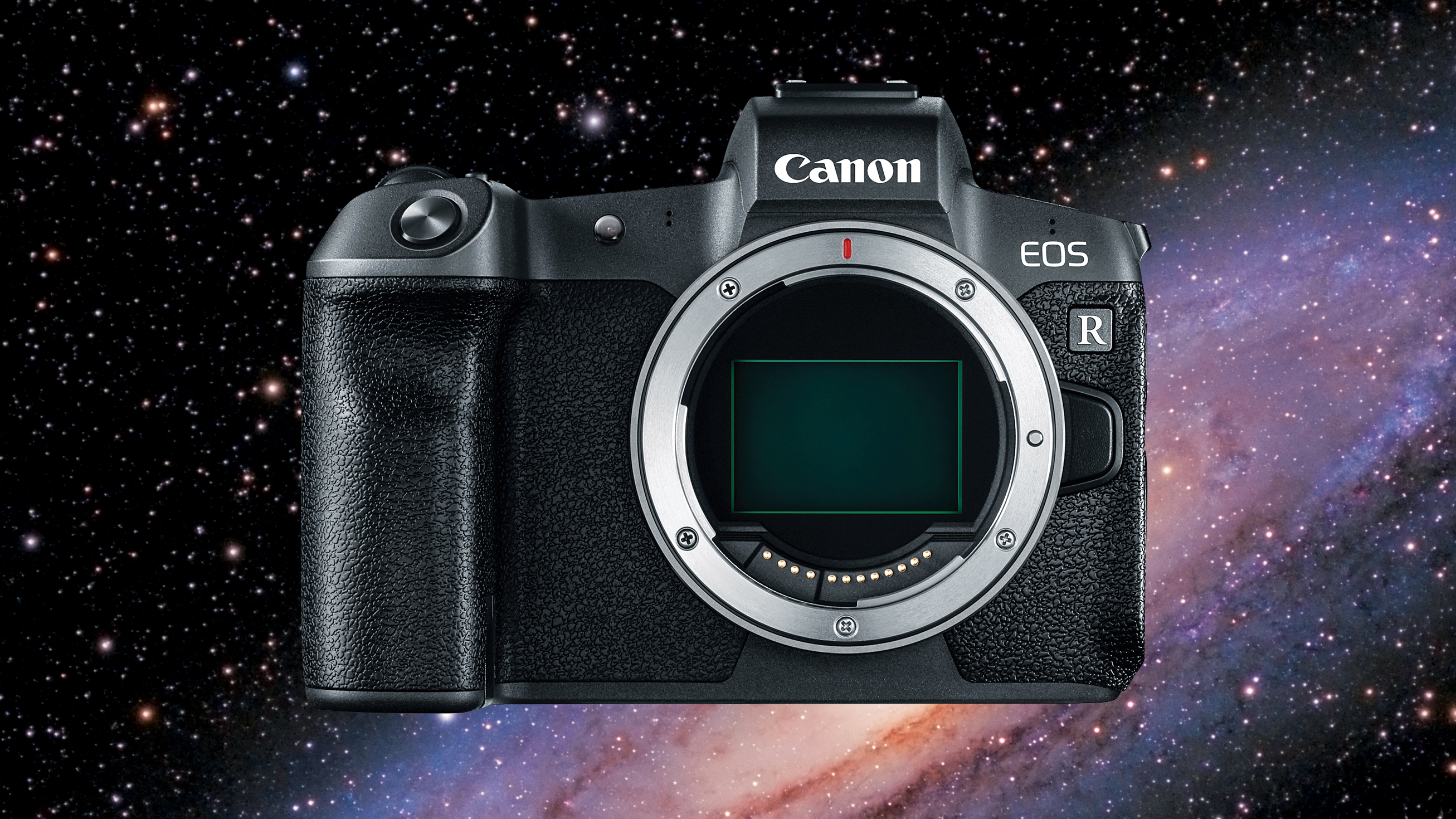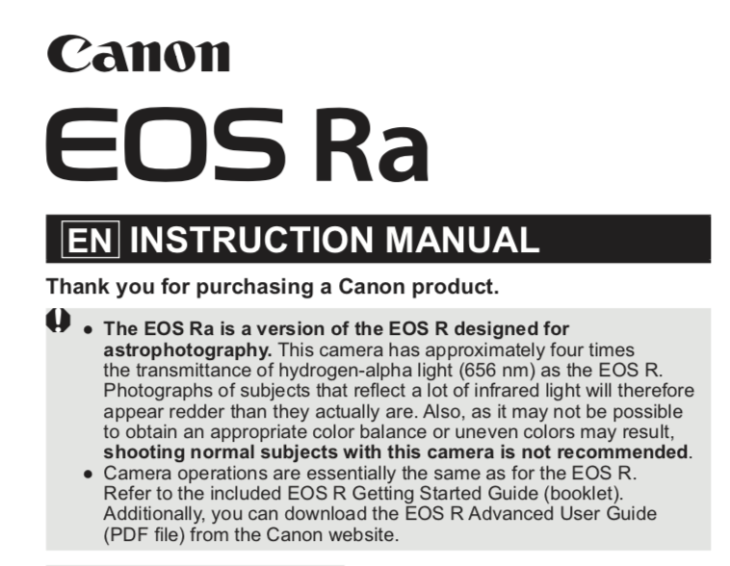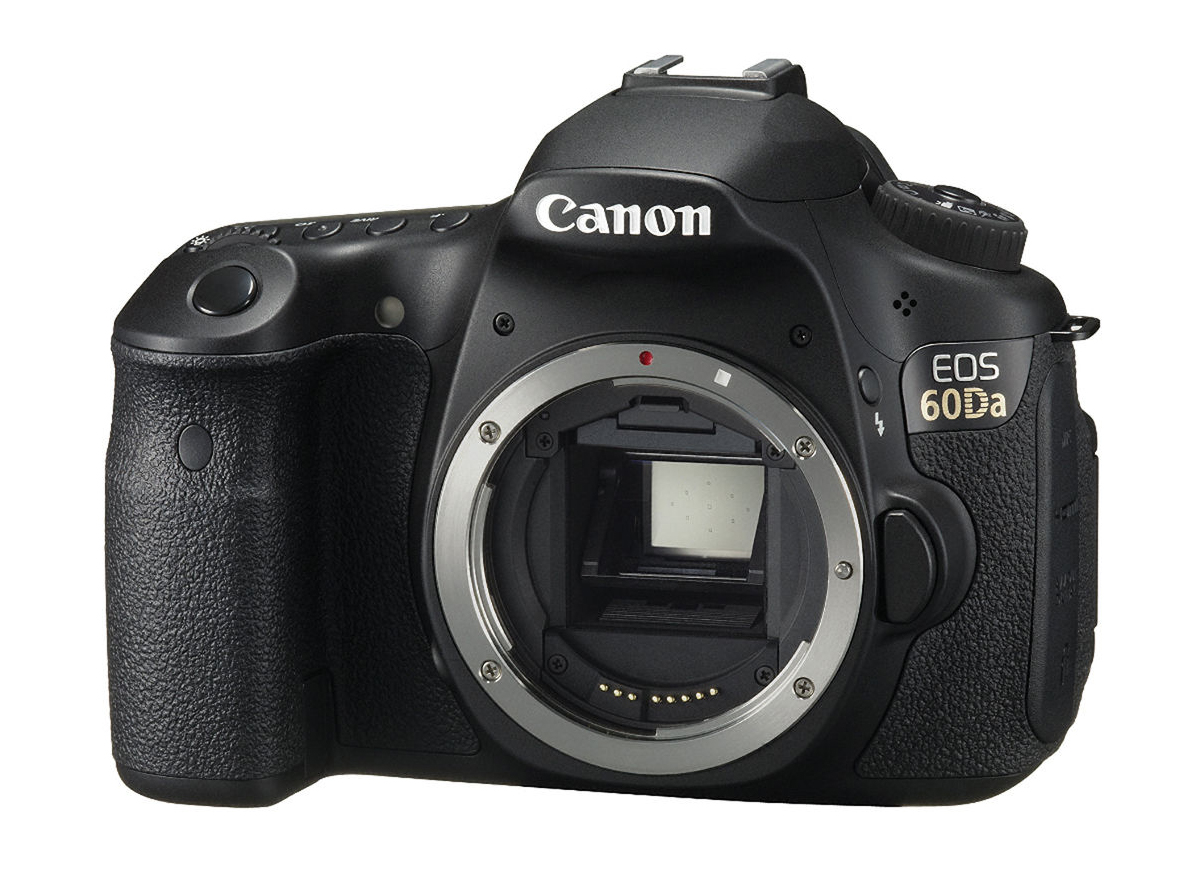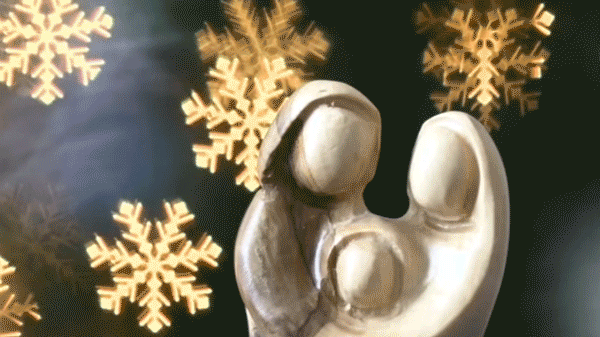Canon EOS Ra leak: Canon accidentally confirms its mirrorless astro camera
Canon accidentally confirms its upcoming mirrorless astrophotography camera, the Canon EOS Ra

Two and a half months after we first reported it, Canon itself has accidentally confirmed its upcoming full-frame mirrorless astrophotography camera, the Canon EOS Ra.
Usually product leaks emanate from (or, at least, are disseminated by) online rumor sites. In this case, however, the leak came directly from Canon itself, which temporarily had the Canon EOS Ra manual listed on its UK website.
• Read more: How to shoot astrophotography
"The EOS Ra is a version of the EOS R designed for astrophotography", reads the since-pulled literature (spotted by Canon Watch). "Camera operations are essentially the same as for the EOS R," though the text details the key differences between a dedicated astro camera and a standard body.

"This camera has approximately four times the transmittance of hydrogen-alpha light (656 nm) as the EOS R. Photographs of subjects that reflect a lot of infrared light will therefore appear redder than they actually are. Also, as it may not be possible to obtain an appropriate color balance or uneven colors may result, shooting normal subjects with this camera is not recommended."
Of course, you could always mount an external IR cut filter (which essentially replaces the IR filter that has been removed from the sensor itself) to your lens in order to adapt the camera for regular photography.
Rumors about the Canon EOS Ra first surfaced back in June, shortly after the manufacturer patented a Canon Moon Shooting Mode to enable easier shooting of celestial bodies.
The best camera deals, reviews, product advice, and unmissable photography news, direct to your inbox!

Of course, Canon has a heritage of producing dedicated astrophotography cameras. Its first stargazer was the Canon EOS 20Da, released back in 2005, and its most recent iteration was the Canon EOS 60Da in 2010.
According to B&H, "the 60Da is three times more sensitive to this frequency than the 60D." This makes the EOS Ra, which Canon states is four times more sensitive than the EOS R, a significant improvement on the previous model.
In addition, the 60Da (and 20Da before it) only featured an APS-C sensor. So the Canon EOS Ra is the company's first full-frame astrophotography camera, as well as its first mirrorless one. After a near decade-long absence, we're excited to see what other bells and whistles the next generation model has to offer. The question is, will we see it before the end of 2019?
Read more:
Canon patents "Moon Shooting Mode" for astrophotography
Astrophotography tools: the best camera, lenses and gear
The best CCD cameras for astrophotography
Best head torch

James has 25 years experience as a journalist, serving as the head of Digital Camera World for 7 of them. He started working in the photography industry in 2014, product testing and shooting ad campaigns for Olympus, as well as clients like Aston Martin Racing, Elinchrom and L'Oréal. An Olympus / OM System, Canon and Hasselblad shooter, he has a wealth of knowledge on cameras of all makes – and he loves instant cameras, too.
